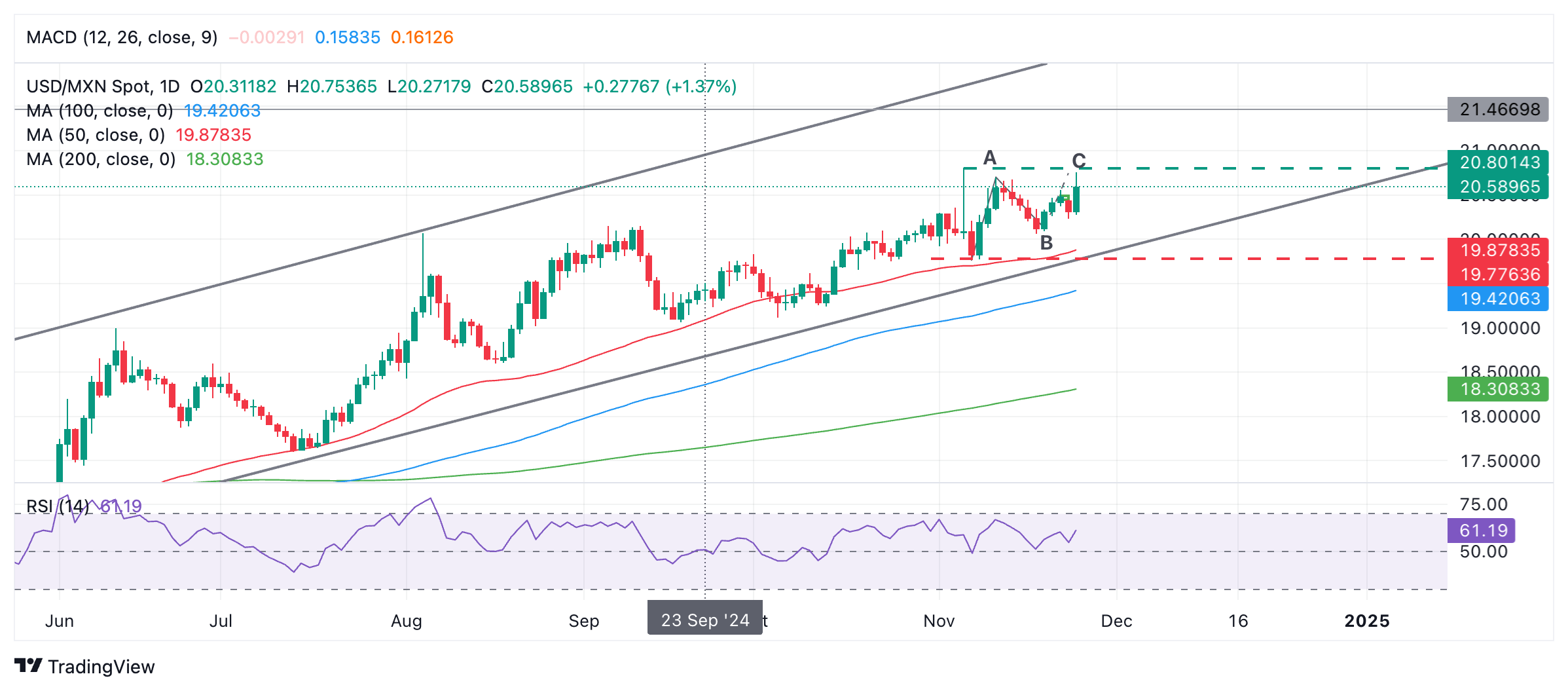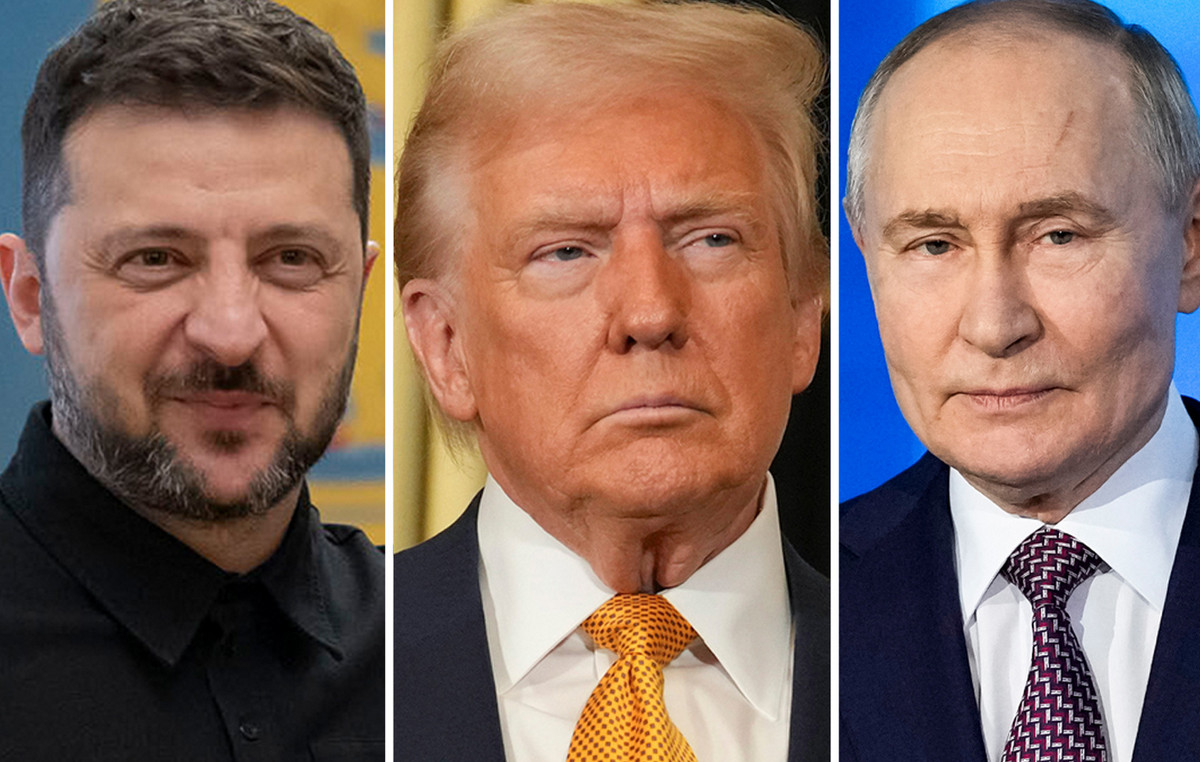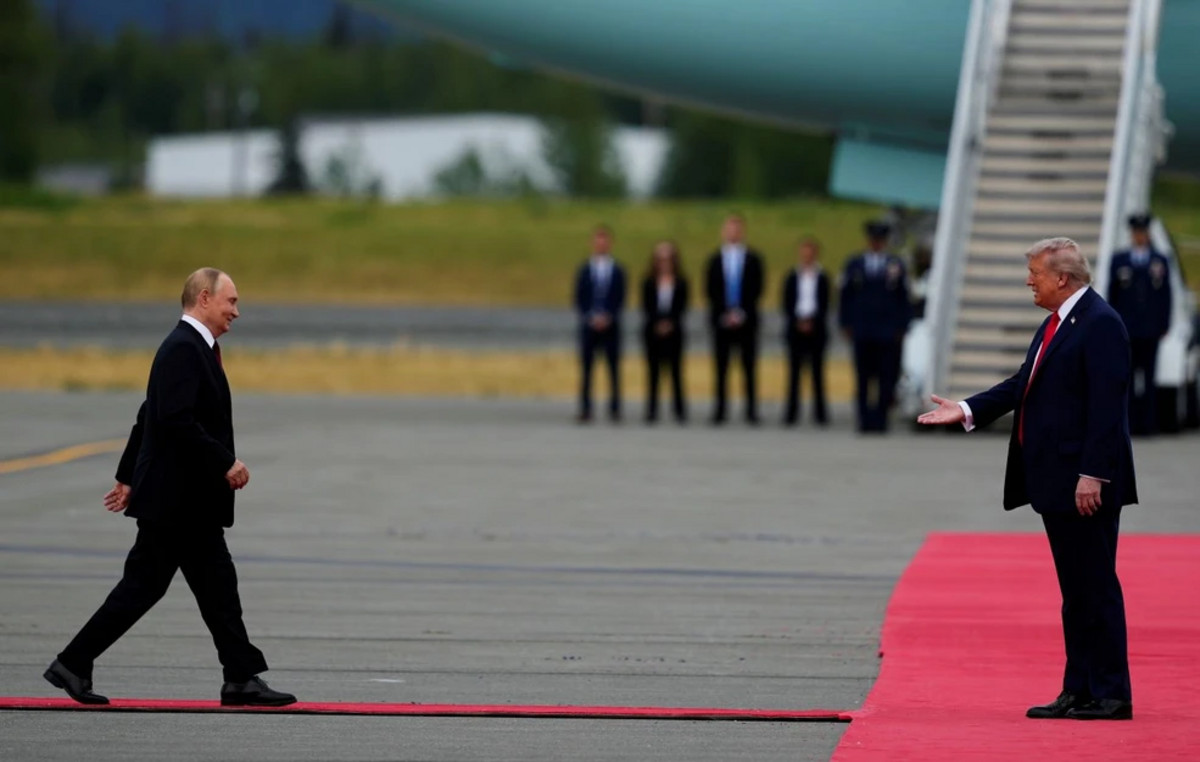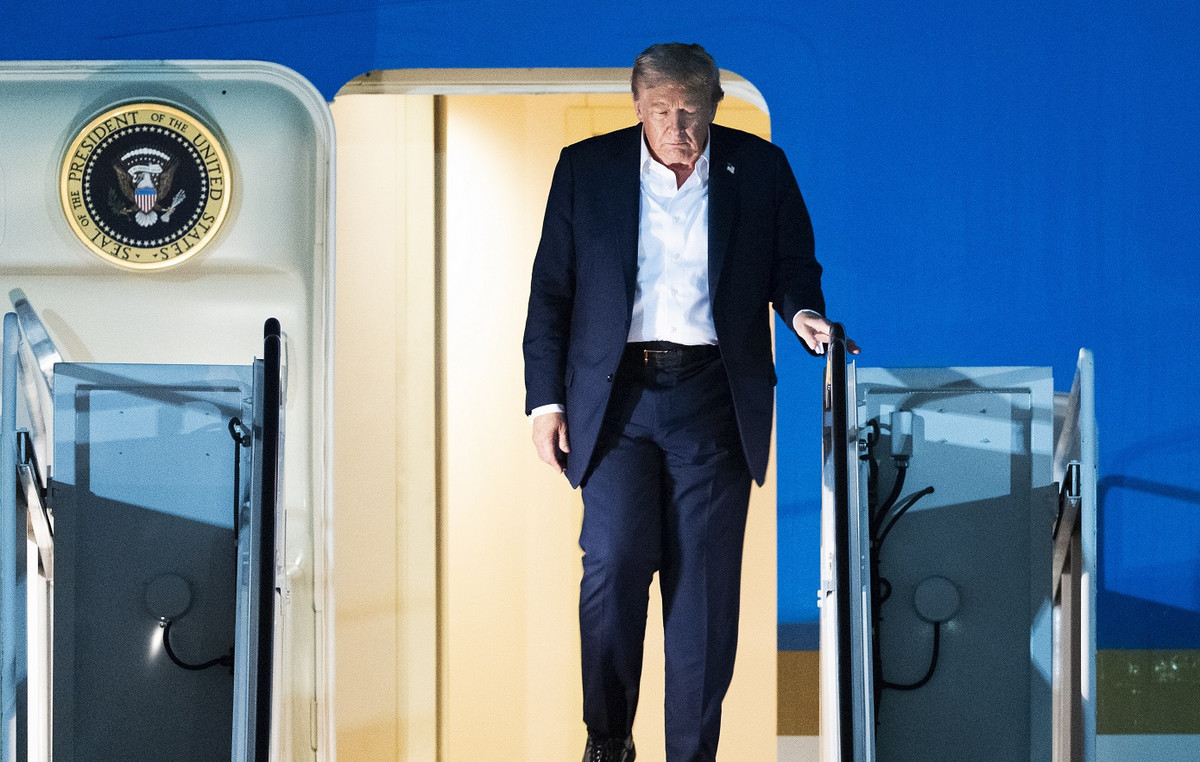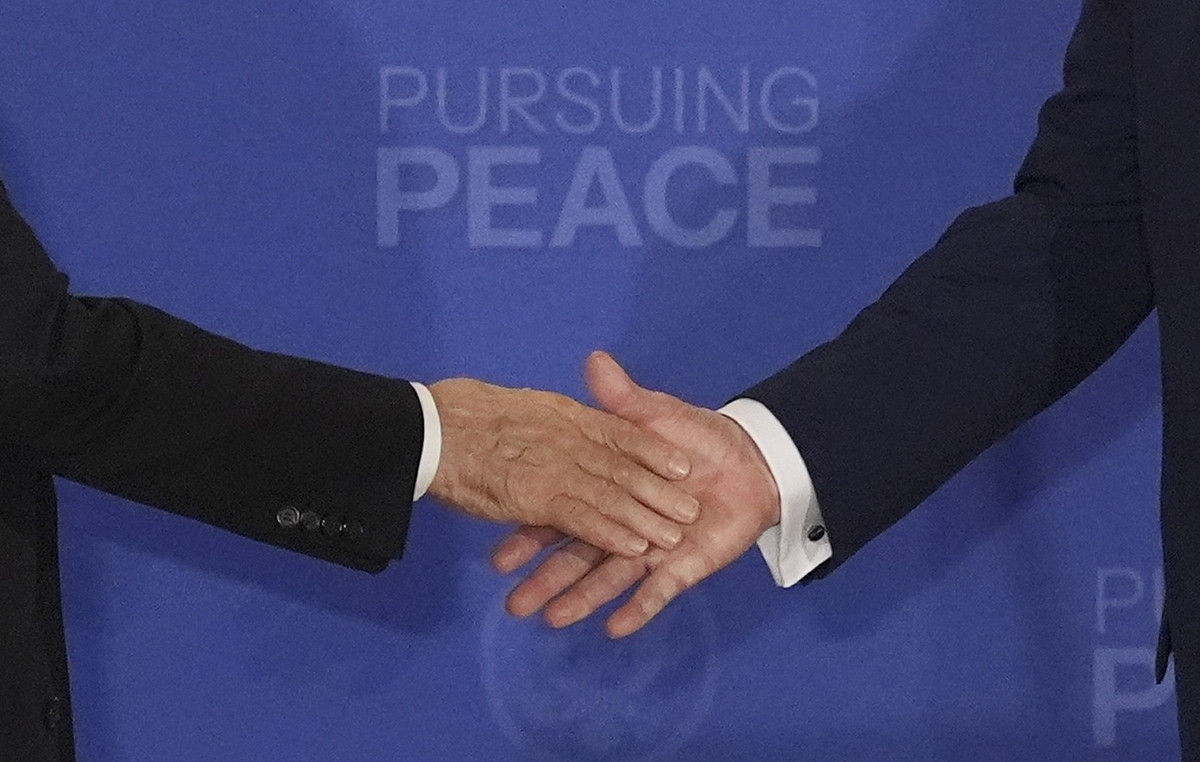- The Mexican peso slides into a precipice after Donald Trump threatens to impose 25% tariffs on Mexican imports.
- The Peso faces more pressure from expectations that Banxico will begin cutting interest rates more aggressively due to easing inflation.
- Technically, USD/MXN rises to the top of a mini range within which it oscillates in the short term.
The Mexican Peso (MXN) falls on average more than one percent against its most traded peers on Tuesday after President-elect Donald Trump said he would impose a 25% tariff on goods entering the US from Mexico and Canada unless the countries reduce illegal migration and cross-border illicit drug trafficking. Trump’s threat was aimed primarily at Mexico, where powerful cartels manufacture fentanyl before smuggling it into the US.
The MXN weakened to 20.75 Pesos per one US Dollar (USD) on the news, from a closing price of 20.31 on Monday. Mexico is one of the US’s largest trading partners, with imports from the country totaling $454.8 billion in 2022, an increase of 18.9% ($72.2 billion) from 2021, according to the Office of the US Trade Representative .
Imposing 25% tariffs would be expected to hurt demand for goods made in Mexico and the Mexican peso to purchase them.
Mexican peso faces pressure from Banxico easing
The Mexican peso faces further pressure from market expectations that the Bank of Mexico (Banxico) could begin cutting interest rates more aggressively in future meetings following a slowdown in inflation in November data. Lower interest rates are typically negative for a currency as they reduce foreign capital flows.
The Mexican financial newspaper El Financiero noted that the general inflation rate fell to 4.56% year-on-year in the first two weeks of November. This was below the average of 4.65% based on a survey of Bloomberg analysts.
On Monday, the Peso made a brief but strong recovery against the USD with the news that Trump had chosen hedge fund manager Scott Bessent as his favorite for the position of US Treasury Secretary when he takes office in January.
The dollar weakened on the news, as Bessent is seen as fiscally conservative and therefore likely to restrain spending, blunting the inflationary effects of Trump’s economic policy agenda. The Peso saw gains as Bessent was expected to predominantly target China with tariffs rather than Mexico or Canada.
However, Tuesday’s losses erased more of the gains made on the first day of the week.
Technical Analysis: USD/MXN rises to the top of the mini range
USD/MXN rises and fills the gap in the open market on Monday.
The pair has now reached near the top of the mini range (green dashed line on the chart below) formed during November. This is also the C wave of a Measured Movement pattern that has developed within the range. These patterns are like zigzags in which waves A and C are of similar length.
USD/MXN Daily Chart
USD/MXN is likely range bound in the short term as it oscillates between 19.70 and 20.80. However, in the medium to long term, it is still in an uptrend within an ascending channel.
A decisive break above the top of the range at 20.80 would be required to signal the start of a short-term uptrend more in line with long-term bullish cycles.
In the absence of such a breakout, the pair is likely to continue to oscillate within the parameters of its range, with the next move likely back towards the bottom of the range at 19.70.
A decisive breakout to the upside would be one accompanied by a long green candle piercing and rising well above the range highs, closing near its highs, or three green candles in a row breaking above the level.
The Mexican Peso FAQs
The Mexican Peso (MXN) is the most traded currency among its Latin American peers. Its value is largely determined by the performance of the Mexican economy, the policy of the country’s central bank, the amount of foreign investment in the country and even the levels of remittances sent by Mexicans living abroad, particularly in the United States. . Geopolitical trends can also affect the MXN: for example, the nearshoring process (or the decision by some companies to relocate manufacturing capacity and supply chains closer to their home countries) is also seen as a catalyst for the currency. Mexican, as the country is considered a key manufacturing center on the American continent. Another catalyst for the MXN is oil prices, as Mexico is a key exporter of the raw material.
The main objective of Mexico’s central bank, also known as Banxico, is to keep inflation at low and stable levels (at or near its target of 3%, the midpoint of a tolerance band between 2% and 4%. %). To do this, the bank establishes an appropriate level of interest rates. When inflation is too high, Banxico will try to control it by raising interest rates, which makes borrowing more expensive for households and businesses, thus cooling demand and the economy in general. Higher interest rates are generally positive for the Mexican Peso (MXN) as they lead to higher yields, making the country a more attractive place for investors. On the contrary, lower interest rates tend to weaken the MXN.
The publication of macroeconomic data is key to evaluating the state of the economy and can have an impact on the valuation of the Mexican peso (MXN). A strong Mexican economy, based on high economic growth, low unemployment and high confidence is good for the MXN. Not only does it attract more foreign investment, but it may encourage the Bank of Mexico (Banxico) to raise interest rates, particularly if this strength is accompanied by high inflation. However, if economic data is weak, the MXN is likely to depreciate.
As an emerging market currency, the Mexican Peso (MXN) tends to rise during periods of risk, or when investors perceive overall market risks to be low and are therefore eager to engage in investments that carry higher risk. . Conversely, the MXN tends to weaken in times of market turbulence or economic uncertainty, as investors tend to sell riskier assets and flee to more stable safe havens.
Source: Fx Street
I am Joshua Winder, a senior-level journalist and editor at World Stock Market. I specialize in covering news related to the stock market and economic trends. With more than 8 years of experience in this field, I have become an expert in financial reporting.

